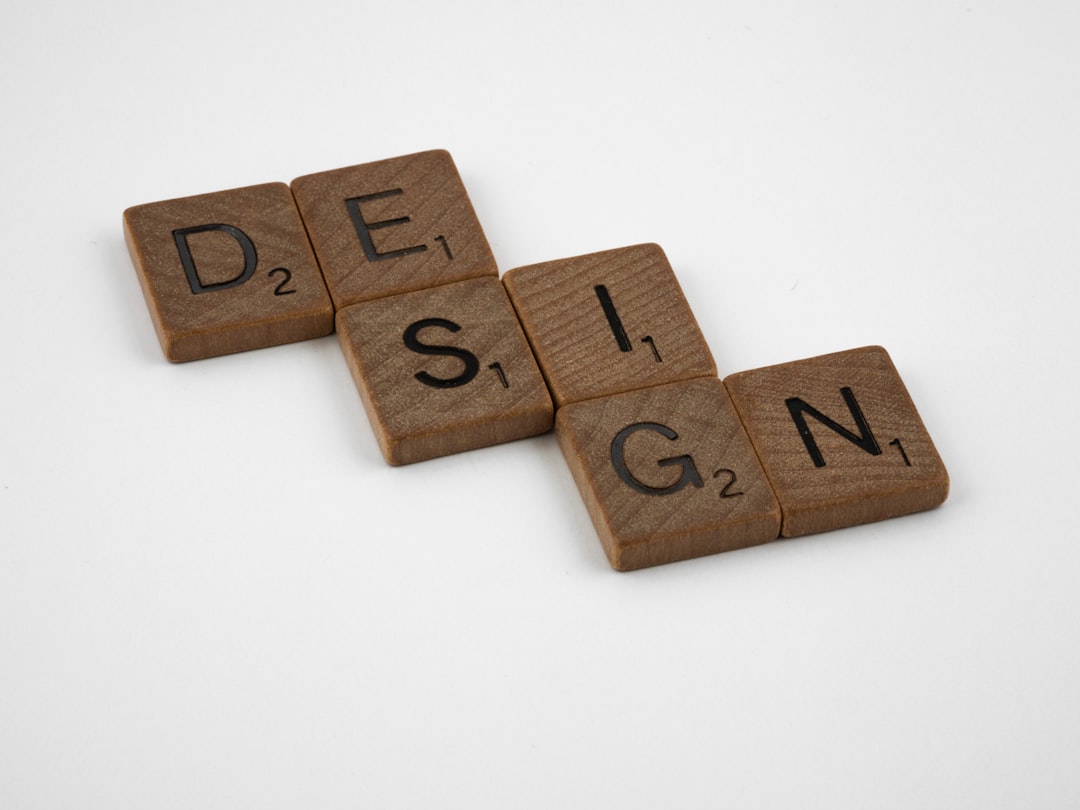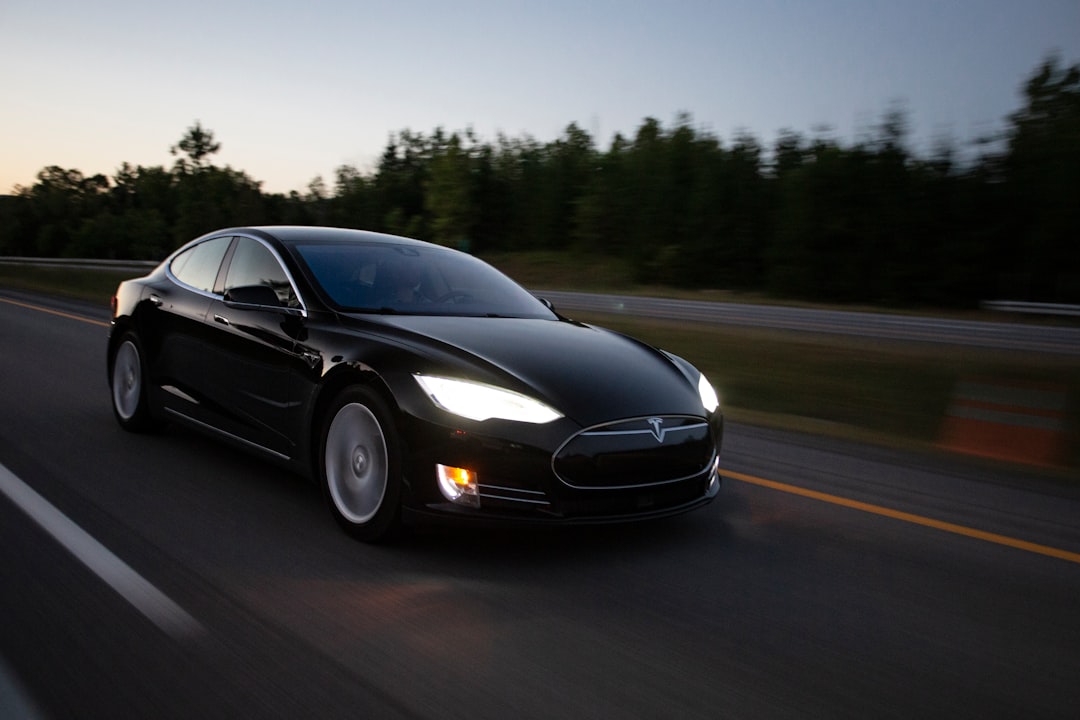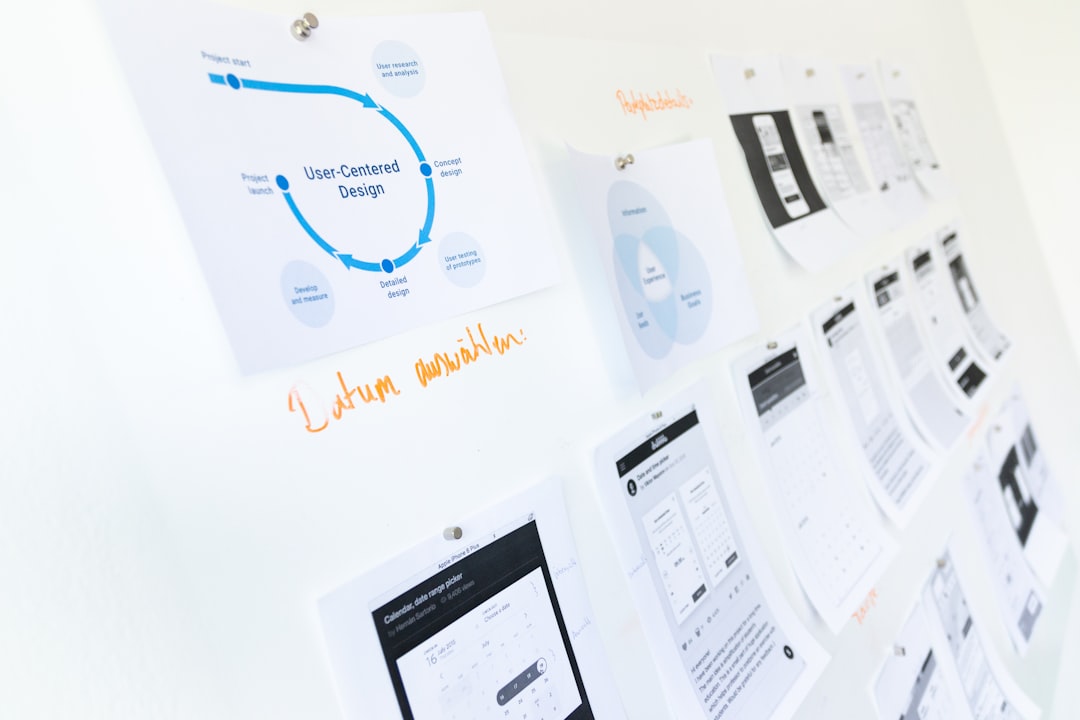In the past, building a visual brand identity required hiring a professional designer, investing hours of brainstorming, and reviewing rounds of mock-ups. Today, the process can take a fraction of the time—and much less money—thanks to the rise of AI-powered logo design tools. Website logo AI is transforming how entrepreneurs, marketers, and even large companies create visual representations of their brands. It’s not just a convenient shortcut—it’s becoming a strategic asset in building a brand that resonates and performs across digital platforms.
How Website Logo AI Works
At its core, website logo AI is a combination of machine learning, graphic design principles, and user preferences. AI logo generators analyze thousands of successful logos and use that data to craft logos that align with specific industry trends, brand values, and personal preferences.
Users typically start by entering key information like:
- Brand name
- Tagline (optional)
- Preferred colors
- Industry or niche
- Design style (feminine vs. bold, minimalist vs. ornate, modern vs. classic, etc.)
The AI then uses this input to generate multiple design options. Some platforms even allow you to tweak the layout, font, symbols, and color palette until you arrive at a final design that fits your vision.

Why AI-Generated Logos Are Getting So Good
The question business owners often ask is: Can a robot really do better than a human designer? When it comes to scalability, rapid testing, and data-driven insights—yes, it can.
Here are the key reasons why AI logos are not just viable but often preferable:
- Speed: Traditional logo creation can take weeks. AI tools can deliver results within minutes.
- Affordability: Most AI logo platforms operate on a freemium model or low-cost pricing structure, allowing startups with limited budgets to get high-quality branding.
- Consistency: AI systems are trained to follow visual consistency rules, making logos better aligned with digital needs like favicon sizes, social media headers, and dark/light mode compatibility.
- Objectivity: AI tools prioritize visual clarity and trend alignment based on what actually works in the market—not just subjective opinions.
The Hidden Power of Data-Driven Design
Unlike many human designers, AI doesn’t operate on personal taste or artistic ego. It learns from thousands of existing logos and adjusts its output based on real-world performance. For example, if logos with sans-serif fonts and blue accents tend to perform better in the tech industry, the algorithm will surface those combinations more often for tech companies.
This data-informed approach allows AI to offer you options that aren’t just attractive—they’re aligned with psychological triggers, market benchmarks, and cultural expectations. That increases the chances of making a great first impression in competitive landscapes.
AI Tools That Can Design Your Logo Today
Several platforms have advanced to a point where they can reliably create logos that are suitable for websites, mobile apps, product packaging, and merchandise. Trusted AI-based logo platforms include:
- Looka: Known for high-quality options and a smooth user interface. Combines AI suggestions with manual customization.
- Wix Logo Maker: Great integration with Wix site builder and offers extra tools to build your brand identity beyond the logo.
- Tailor Brands: Offers business-wide solutions from logo to website and social content generation.
- Hatchful by Shopify: Easy-to-use and designed for entrepreneurs needing a quick brand kickstart.
Each of these tools allows for high levels of customization, ensuring that even if you start with an AI-generated design, you end up with something that feels uniquely yours.

Situations Where AI Logo Design Shines
AI logos are not perfect for every scenario—but they are powerful when used in the right context. Here’s where they excel:
- Startups and solo creators who need something simple and professional without breaking the bank.
- Marketing teams launching campaigns that need temporary branding or sub-brand logos.
- Quick MVPs or landing pages where time to market is more important than hyper-custom aesthetics.
- E-commerce shops launching numerous product lines or categories with unique logos under a parent brand.
In all of these scenarios, using AI to generate your logo means faster timelines, lower costs, and a level of design specialization that used to be out of reach for small teams.
When Should You Still Use a Human Designer?
While AI tools are remarkably powerful, they operate best within defined parameters and recognizable patterns. There are times, however, when you’ll still want to work with a human designer:
- You want an exceptionally unique or abstract brand identity that pushes creative boundaries.
- You need personal consultation, storytelling, or emotional input that merges with design ideas.
- Your logo must work across many complex media (for example, physical signage, 3D design, or video integration).
- You represent a large organization with complex branding needs and stakeholder input.
For these scenarios, a hybrid approach often works best: Use AI for the foundational design process and refine it with a professional who can add that extra personality and nuance.
How to Get the Best Result from Website Logo AI
If you’re ready to let a robot make your brand cooler than you ever could, focus on these best practices:
- Know your brand keywords and attributes. Is your brand bold, friendly, technical, youthful, or minimalist? These words inform the AI’s visual decisions.
- Preview your logo at various sizes. Ensure it still looks good as a favicon, mobile icon, social avatar, and full-size header.
- Use color theory wisely. Stick to 1–3 signature colors that reflect your message and industry cues.
- Test multiple styles. Run several iterations with different typography or layouts to stretch the AI’s creative muscles.
And don’t forget to test your final design with real users. A logo that feels perfect to you might not carry the same impact with your target audience.

The Future of logo design: AI and You, Working Together
We live in an era where access to great design is no longer a privilege reserved for corporates with six-figure branding budgets. Thanks to website logo AI, creators and business owners can now start their brand journeys with high-quality visuals, precision, and personality—without needing a design degree.
Letting a robot give your brand a “cooler” look doesn’t reduce your creative input—it enhances it. AI helps you unlock design opportunities you may not see yourself and streamlines decisions that can take others weeks to finalize.
As AI continues to evolve, expect even more refinement, integration with brand voice, and dynamic logo options that adapt based on audience, screen size, or user intent. One thing’s for sure: The future of logo design will be less about who designs it and more about what it means, how it performs, and how quickly it connects.
Let the robots help—but don’t turn off your human instincts. Together, you might just create something that’s better than you ever imagined.